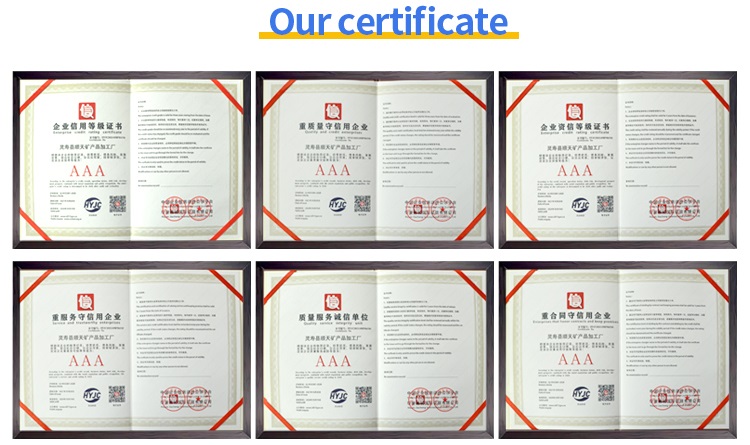
perlite for cement manufacturers
The Role of Perlite in Cement Manufacturing
Cement is a fundamental material in construction and infrastructure projects around the world. Its production traditionally involves high energy consumption and significant greenhouse gas emissions, presenting challenges for sustainability. Recently, the incorporation of alternative materials like perlite has gained attention in the cement manufacturing industry. This article explores the benefits of using perlite in cement production, its properties, and its impact on the industry.
Perlite is a naturally occurring volcanic glass that expands when heated. This unique property allows it to be transformed into a lightweight, porous material, making it an attractive additive for cement manufacturers. The typical expansion process occurs at temperatures between 800 to 1,100 degrees Celsius, resulting in perlite that is roughly eight times its original volume. This expansion leads to a significant reduction in density, enhancing various properties of cement and concrete.
The Role of Perlite in Cement Manufacturing
In addition to weight reduction, perlite improves thermal insulation properties in cement and concrete formulations. The porous structure of perlite offers excellent insulation, which results in energy-efficient buildings. Structures integrated with lightweight concrete containing perlite can maintain comfortable indoor temperatures, reducing the need for heating and cooling and ultimately lowering energy consumption. This characteristic aligns with the growing demand for sustainable building practices.
perlite for cement manufacturers

The use of perlite in cement also enhances workability and reduces the water-cement ratio. Its ability to absorb water makes it an ideal additive for achieving optimal consistency in cement mixtures. This ability not only improves the workability of fresh concrete, enabling easier pouring and finishing, but it also contributes to better curing and bonding once the concrete sets. This can lead to improved strength and durability in the final product.
Moreover, perlite acts as a partial replacement for Portland cement, reducing the overall carbon footprint of the concrete. The cement industry is a significant contributor to CO2 emissions, accounting for about 8% of global emissions. By substituting a portion of the cement with perlite, manufacturers can mitigate this environmental impact. Furthermore, perlite is an abundant and recyclable material, contributing to a circular economy in the construction sector.
Another advantage of using perlite in cement manufacturing is its fire-resistant properties. Expanded perlite is non-combustible and can withstand high temperatures, making it an ideal ingredient for fire-rated constructions. Incorporating perlite into cement can lead to safer buildings that comply with fire safety regulations, offering both peace of mind and potential insurance benefits for property owners.
Despite the numerous advantages, there are challenges associated with the integration of perlite into cement formulations. These can include sourcing high-quality perlite and ensuring uniformity in the product. Additionally, manufacturers must conduct thorough testing to determine the optimal ratios and combinations, as excessive use of perlite might compromise the mechanical properties of the cement.
In conclusion, the use of perlite in cement manufacturing presents an innovative pathway toward creating more sustainable, efficient, and high-performance building materials. By decreasing weight, improving insulation, enhancing workability, and reducing environmental impact, perlite serves as a valuable additive. As the construction industry continues to evolve with sustainability in mind, perlite's role is likely to expand, paving the way for greener practices and resilient infrastructures. Cement manufacturers looking to stay ahead in an increasingly competitive market should consider integrating perlite into their material portfolios for a more sustainable future.
Share
-
Premium Pigment Supplier Custom Solutions & Bulk OrdersNewsMay.30,2025
-
Top China Slag Fly Ash Manufacturer OEM Factory SolutionsNewsMay.30,2025
-
Natural Lava Rock & Pumice for Landscaping Durable Volcanic SolutionsNewsMay.30,2025
-
Custom Micro Silica Fume Powder Manufacturers High-Purity SolutionsNewsMay.29,2025
-
Custom Mica Powder Pigment Manufacturers Vibrant Colors & Bulk OrdersNewsMay.29,2025
-
Custom Micro Silica Fume Powder Manufacturers Premium QualityNewsMay.29,2025






